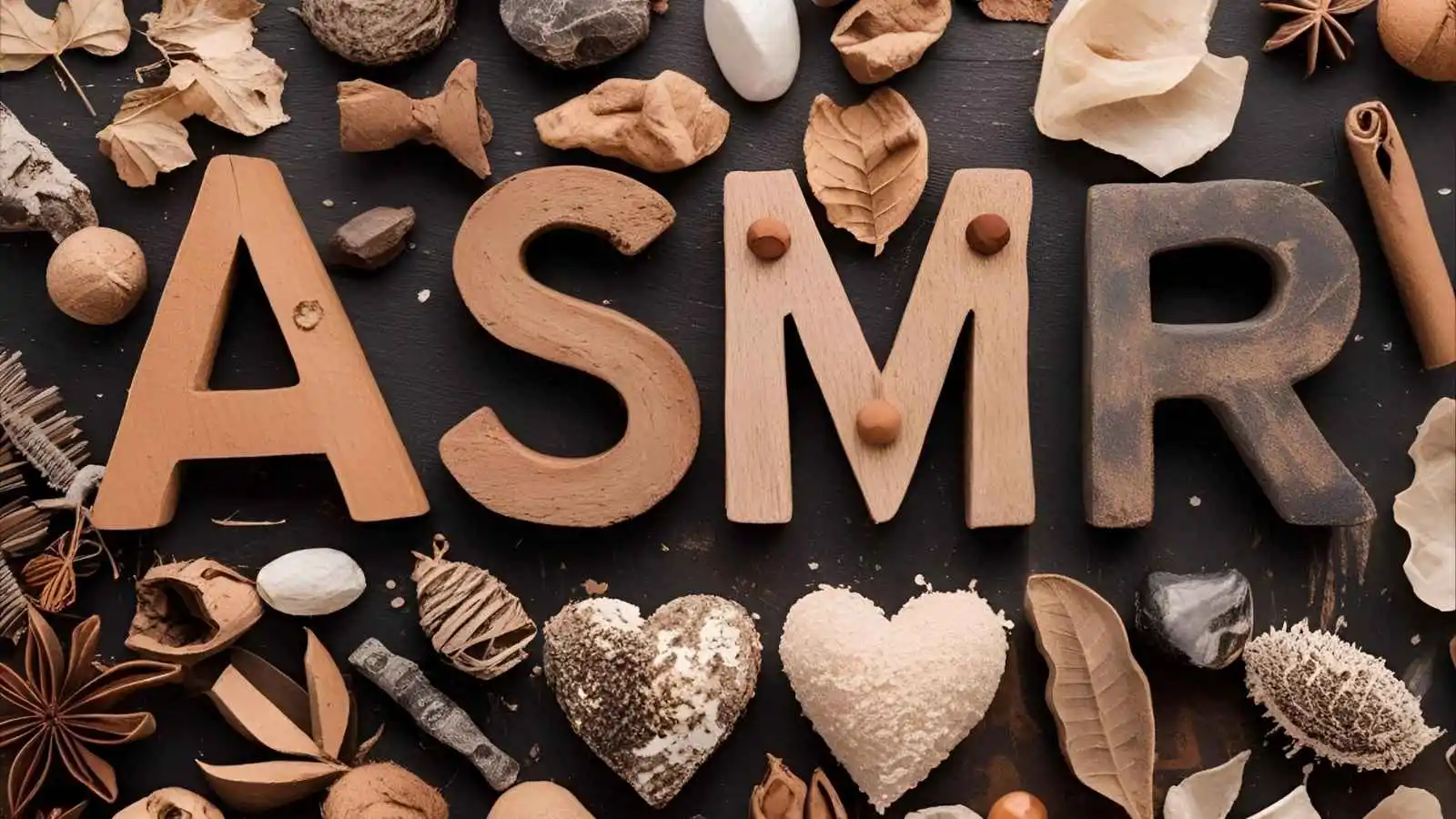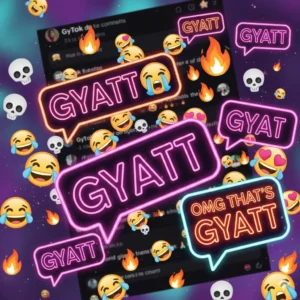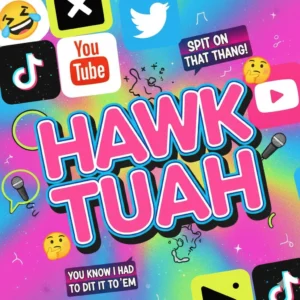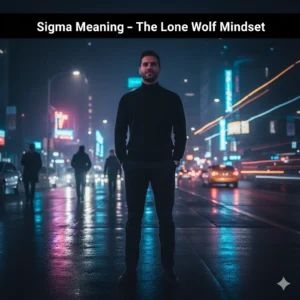In today’s fast-paced, overstimulated world, a surprising trend has taken over YouTube, TikTok, and wellness spaces alike—ASMR.
You might’ve stumbled across videos of people whispering, tapping, or crinkling paper with an oddly calming effect. That soothing sensation? It’s not magic—it’s science, and it’s called ASMR, or Autonomous Sensory Meridian Response.
Whether you’re struggling with sleep, battling anxiety, or just need a little brain-tingling relief after a long day, ASMR might be the solution you didn’t know you needed.
What Is ASMR? Understanding the Meaning Behind the Sensation
ASMR, short for Autonomous Sensory Meridian Response, refers to a tingling, calming sensation that typically begins on the scalp and moves down the back of the neck and spine. It’s usually triggered by gentle stimuli—soft whispers, repetitive motions, or subtle tapping sounds.
This response isn’t just physical. It’s deeply emotional and psychological, often accompanied by feelings of relaxation, safety, and calm. For many, it feels like a brain massage.
Key Components of ASMR:
- Autonomous: Happens on its own, without conscious effort.
- Sensory: Related to touch, sound, or sight.
- Meridian: Refers to a peak or climax of sensation.
- Response: It’s a reaction—an involuntary one.
The term ASMR may sound clinical, but it describes a deeply human experience. It’s not new—people have felt this way for decades—but digital platforms have given it a voice, a name, and millions of followers.
The Science Behind ASMR
Despite its popularity, ASMR is still a relatively new area in neuroscience. Scientists are just beginning to scratch the surface of how and why it works.
What Happens in the Brain During ASMR?
Research using fMRI scans shows that ASMR activates several brain regions:
- Medial prefrontal cortex – involved in social behavior and emotional regulation.
- Nucleus accumbens – linked to reward and pleasure.
- Amygdala – processes emotional responses.
- Insula – associated with empathy and self-awareness.
These areas overlap with those activated by compassion, music, and mindfulness.
“ASMR appears to tap into an emotional circuitry that brings calm and focus,” says Dr. Craig Richard, researcher and author of Brain Tingles.
Documented Benefits:
- Reduced heart rate
- Lower cortisol levels (the stress hormone)
- Increased feelings of relaxation
- Potential aid for insomnia, anxiety, and depression
Note: Not everyone experiences ASMR. But for those who do, the effects can be profound.
Common ASMR Triggers: What Causes the Tingles?
Triggers vary wildly from person to person. What gives you tingles might do nothing for someone else. However, certain stimuli are known to be more effective than others.
🔊 Auditory ASMR Triggers:
- Whispering or soft-speaking
- Tapping on various surfaces
- Page flipping
- Hair brushing sounds
- Crinkling wrappers or paper
👁️ Visual ASMR Triggers:
- Slow hand movements
- Personal attention (e.g., makeup application)
- Repetitive, focused tasks like folding laundry
- Watching someone draw or paint
✋ Tactile or Simulated Touch Triggers:
- Scalp massages (real or simulated)
- Hair brushing
- Applying lotion or makeup on the face (roleplay)
🌧️ Environmental/Everyday Triggers:
- Rain on windows
- Coffee brewing
- Typing on a keyboard
- Paper shredding
- Gentle humming of a fan
Types of ASMR: Categorizing the Sensation
Not all ASMR experiences are created equal. Let’s break them down:
| Type of ASMR | Primary Stimulus | Common Triggers | Experience |
|---|---|---|---|
| Auditory | Sound | Whispering, tapping, scratching, page flipping | Tingling, relaxation, focus |
| Visual | Sight | Hand movements, roleplays, repetitive tasks | Calming, hypnotic, immersive |
| Tactile | Physical or simulated touch | Hair brushing, massage, facial roleplays | Comforting, personal, soothing |
| Roleplay | Scenario-based interaction | Makeup artist, doctor visit, haircut simulations | Engaging, intimate, caring |
| Environmental | Ambient soundscapes | Rain, coffee machines, wind chimes | Grounding, peaceful, mood-stabilizing |
Who Benefits from ASMR?
ASMR isn’t just a quirky internet trend—it’s helping people in surprisingly meaningful ways.
🎧 For the Average Person:
- Helps with falling asleep faster
- Reduces stress after work
- Provides quiet background for deep focus
🧠 For Mental Health:
- Alleviates symptoms of anxiety and depression
- Supports emotional regulation
- Serves as a non-medicated calming tool
👨💻 In the Workplace:
- Used in relaxation rooms
- Helps employees decompress between meetings
- Paired with noise-canceling headphones for deep work
🧒 Neurodivergent Individuals:
- Especially helpful for those with ADHD or Autism
- Provides predictable sensory input
- Can reduce overstimulation from external environments
ASMR in the Workplace: Wellness Meets Productivity
Modern companies are starting to notice that calm minds mean better work. ASMR-inspired design and habits are creeping into progressive office cultures.
Office ASMR Integration:
- Headphone policies allowing relaxing ASMR during tasks
- Relaxation corners with soft lighting, textures, and sound machines
- Cushioned furniture and ambient rain sounds
- ASMR playlists curated for workflow and concentration
“Soft, ambient sounds like paper shuffling or coffee brewing help block distractions and enhance focus,” says workspace designer Mila Raymond.
Mental Health Benefits of ASMR
ASMR can be a lifeline for those who struggle to quiet their minds. Its natural, drug-free benefits make it attractive to therapists and wellness professionals.
Mental Health Boosters:
- Stress relief without medication
- Mood improvement by releasing dopamine
- Insomnia aid for racing thoughts at night
- Reduces overstimulation and promotes emotional grounding
In a world full of noise and screens, ASMR is a way to tune out and tune in.
Real-World ASMR Triggers and Their Effects
Here’s a helpful look at common ASMR stimuli and how they affect users:
| Stimulus | Type | Where It’s Found | Typical Effect |
|---|---|---|---|
| Coffee machine sound | Auditory | Office, café | Morning calm, gentle focus |
| Typing on keyboard | Auditory | Office, home workspace | Productivity boost, rhythmic focus |
| Watching laundry fold | Visual | Home | Sense of order, calm, predictability |
| Whispered conversation | Auditory | ASMR videos, storytelling | Sleep aid, relaxation |
| Hair brushing sounds | Tactile/Simulated | Salon, roleplay videos | Comfort, physical relaxation |
ASMR Tools and Technology
You don’t need much to start exploring ASMR, but the right setup can amplify the experience.
Recommended Tools:
- Noise-canceling headphones (for immersive audio)
- Binaural microphones (for content creators)
- ASMR apps like Tingles, TeasEar, or Calm
- YouTube channels with millions of ASMR-focused videos
- White noise machines for sleep and focus
How to Try ASMR for Yourself
If you’re curious, here’s how to dip your toes in:
- Find a quiet space with minimal distractions.
- Put on good headphones (preferably noise-canceling).
- Search YouTube for beginner-friendly ASMR (look for terms like “ASMR for sleep” or “ASMR for beginners”).
- Test out different triggers (tapping, whispering, rain sounds).
- Explore personal roleplay videos for a deeper sensation.
- Take note of what works—everyone’s triggers are different.
Pro Tip: Try ASMR before bed to wind down from your day.
The Future of ASMR
As ASMR becomes more mainstream, its applications are expanding beyond videos.
What’s on the Horizon?
- ASMR therapy sessions for trauma or anxiety
- VR-based ASMR experiences
- AI-generated ASMR using natural language patterns and adaptive sound
- ASMR in education for neurodivergent learners
- Integration in corporate wellness platforms (e.g., Slack plugins, Zoom ASMR breaks)
FAQs:
Is ASMR real or just a placebo?
ASMR is a real sensory phenomenon backed by emerging neuroscience, though it affects people differently.
Does ASMR help with insomnia?
Yes, many users find ASMR helps them fall asleep faster and stay asleep longer.
Is it normal if I don’t feel tingles?
Yes. Not everyone experiences tingles, but many still enjoy ASMR for its calming effects.
Can ASMR be harmful?
Not typically. However, extremely loud ASMR or overstimulation may cause discomfort for some sensitive individuals.
Do you need special tools to enjoy ASMR?
Just a pair of headphones and a quiet space is enough to get started.
Final Thoughts:
If you’re feeling overwhelmed, overstimulated, or emotionally drained—ASMR might be worth a try. It’s gentle, personal, and deeply relaxing. It won’t work for everyone, but for those it does, it’s often life-changing.
Don’t think of it as weird. Think of it as your own sensory reset.










